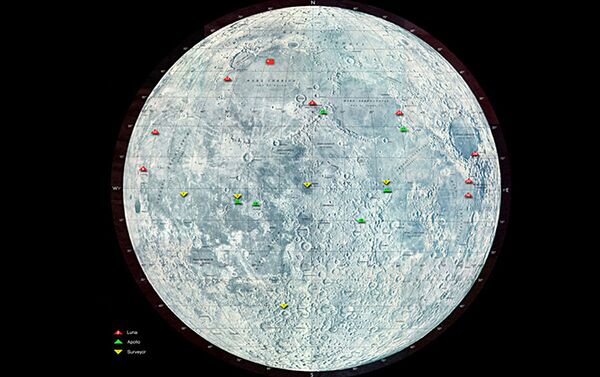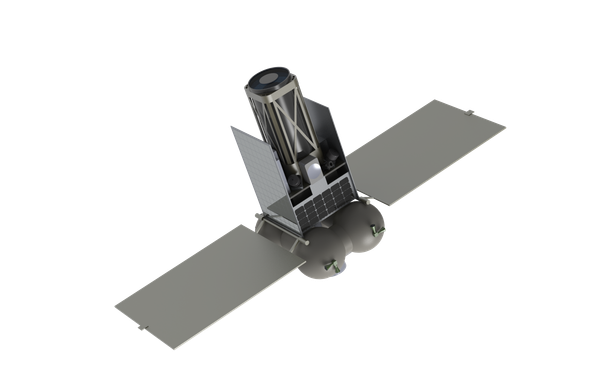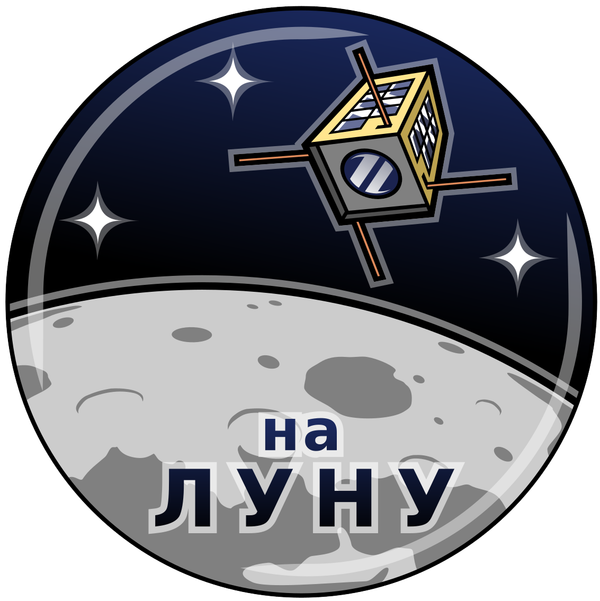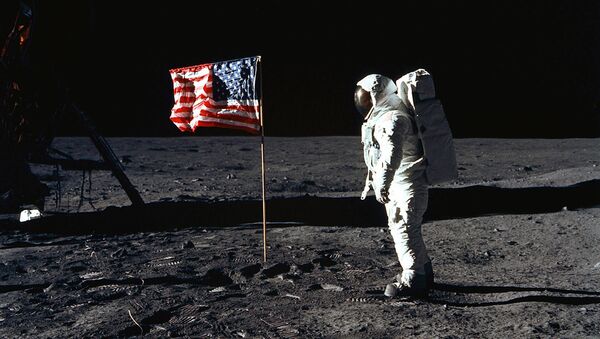Regina Konstantinova — Russian space enthusiast Vitaly Egorov, who initiated the project, told Sputnik about the satellite development.
"I have been writing about space for more than 4 years in blogs and social media. During this time I've gained more than 1.5 million subscribers, who are interested in studying space. Seeing the support of readers and wishing to expand my own activities, I decided to move from words to deeds," Vitaly said.
As long as the blogger hopes his project draws attention from around the world, he decided to choose the most popular and provocative purpose of the lunar satellite's launch. The project will put an end to conspiracy theories, which claim that some or all of the Moon landings could be fake.
The project aims to send the microsatellite into the lunar orbit, where the apparatus will take photos of footprints and lunar rovers on the surface of the Moon.
"The question on the presence of humans on the Moon is still debated in the media and on the Internet, despite the remoteness of the events. I believe that anyone who somehow came across such discussions and have their questions on this matter could be interested in my project. Of course I have no doubts that people have been on the Moon; but the purpose of the launch of the lunar satellite is to obtain independent objective data, which won't depend on one's beliefs or convictions," Vitaly explained.

"I don't think I'll be able to convince anyone who has an opinion different from what our satellite will show, if we manage to implement the project. But, at least, I will contribute to the history and development of the study of the Moon. Anyway, the ‘traces' that are left on the Moon will remain for centuries, so any satellite or rover approaching at a sufficient distance will be able to see them. I just wish our satellite to become the first one," he continued.
According to Vitaly, the project involves several young but experienced Russian aerospace engineers, who are apart of this ambitious project as volunteers.
"Speaking of deadlines, we have to admit that we do not fit into our schedule. Now, the team is working on the technical description of the project — the Mission Readiness Review. We hoped to finish it in a year, but have already exceeded the time limit. However, if everything goes well, the launch can take place by 2020," the space enthusiast told Sputnik.
By "everything goes well" he means that the project will get a strong professional engineering team, ready to solve ambitious space problems on the Moon and beyond, as well as find sufficient funding for the entire project, which is estimated at approximately $20-30 million, Vitaly said. The team also needs to enlist the support of a space agency or company in the delivery of their satellite to the lunar orbit.

The relatively low weight and dimensions of the satellite make it possible to rely on a mutual launch with any government, scientific or private spacecraft. By now, the team has figured out two ways to deliver their probe to the Moon.
"The first one, which is more preferable for us, is a so-called lunar transitional orbit. In fact it is the launch of our apparatus in the direction of the Moon with enough speed to overcome the Earth's gravity. We'll just make sure to ‘slow down' in order to take the most suitable orbit for our purposes," Vitaly revealed.
It may sound simple enough; however, there has been only one satellite in the whole history of the Moon that was able to do that — the Soviet Luna 10, the first artificial satellite on the Moon launched in 1966.

"As the United States, Europe, China, India, Japan intend to continue to study the Earth's natural satellite, we still hope to find a rocket that will give us a lift. But most of all we rely on Russia's Roskosmos," the blogger said.
The second way to reach the Moon is more exotic and complex — it involves a passing launch into geostationary orbit.
"This orbit lies in the plane of the equator, taken by numerous telecommunication satellites. Launches are performed almost every month, but this orbit allows overcoming only 10% of the distance to the Moon. Therefore, our satellite will require a large amount of fuel, and so it will no longer be called a microsatellite," he continued.
"While our project is still far from the ‘hardware,' we are not rushing to ask space agencies to drop our satellite off at the Moon. But we understand that we have to make an effort now, to be ready by 2020. It's a way in which every step is more difficult than previous one, but farther you go, the more confidence you gain that the goal is achievable," Vitaly Egorov concluded.



